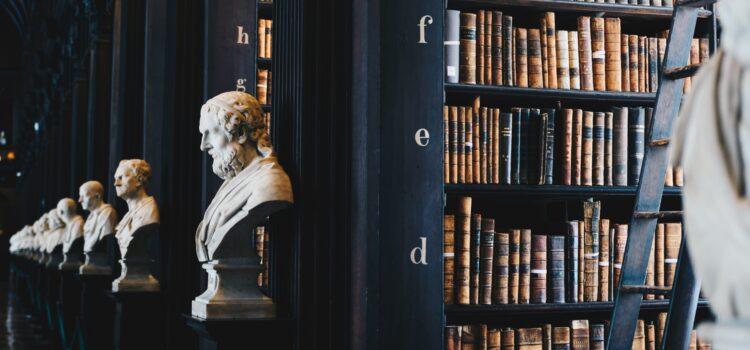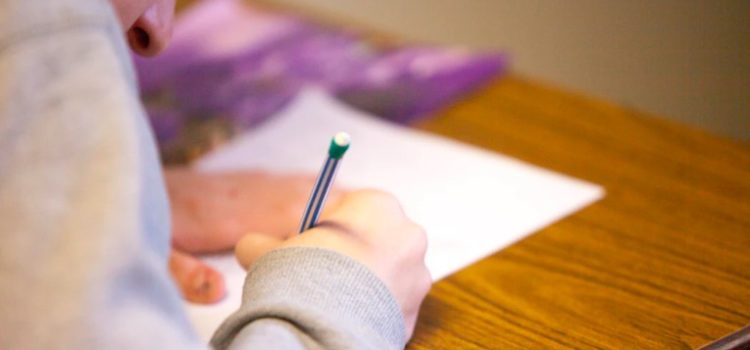What are the two secondary character archetypes in literature? Why can’t every character be rounded out? There are two main secondary character archetypes in literature: the round character and the flat character. Round characters have backstories, emotions, and growth while flat characters are just there to aid the protagonist. Keep reading to learn more about secondary characters in literature.
Secondary Character Archetypes in Literature










